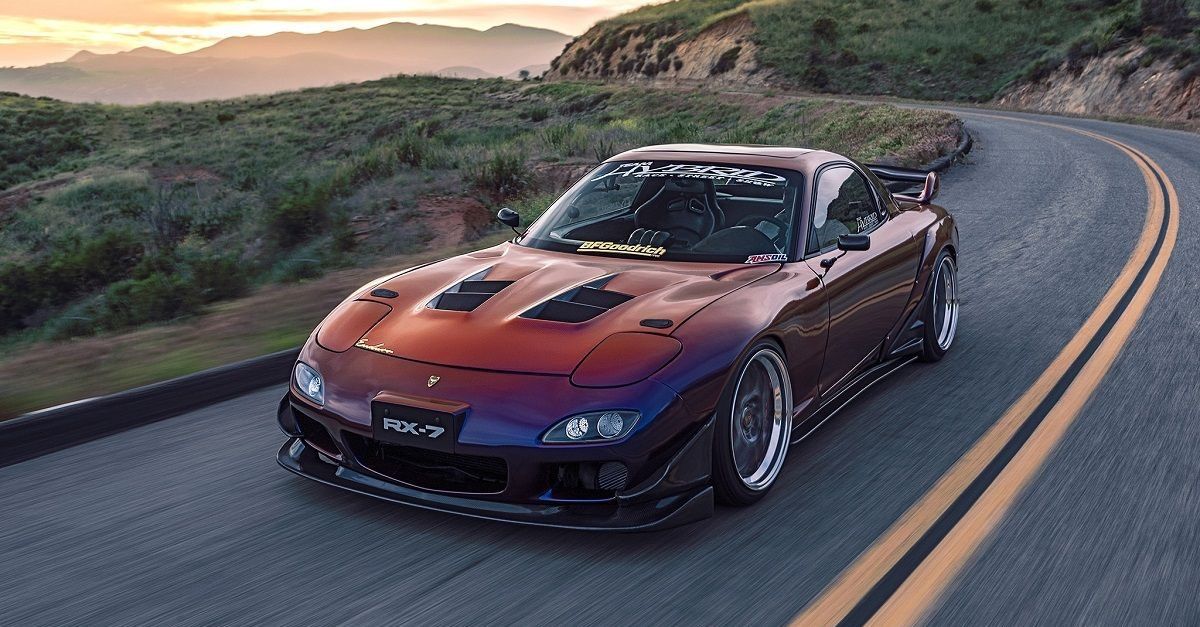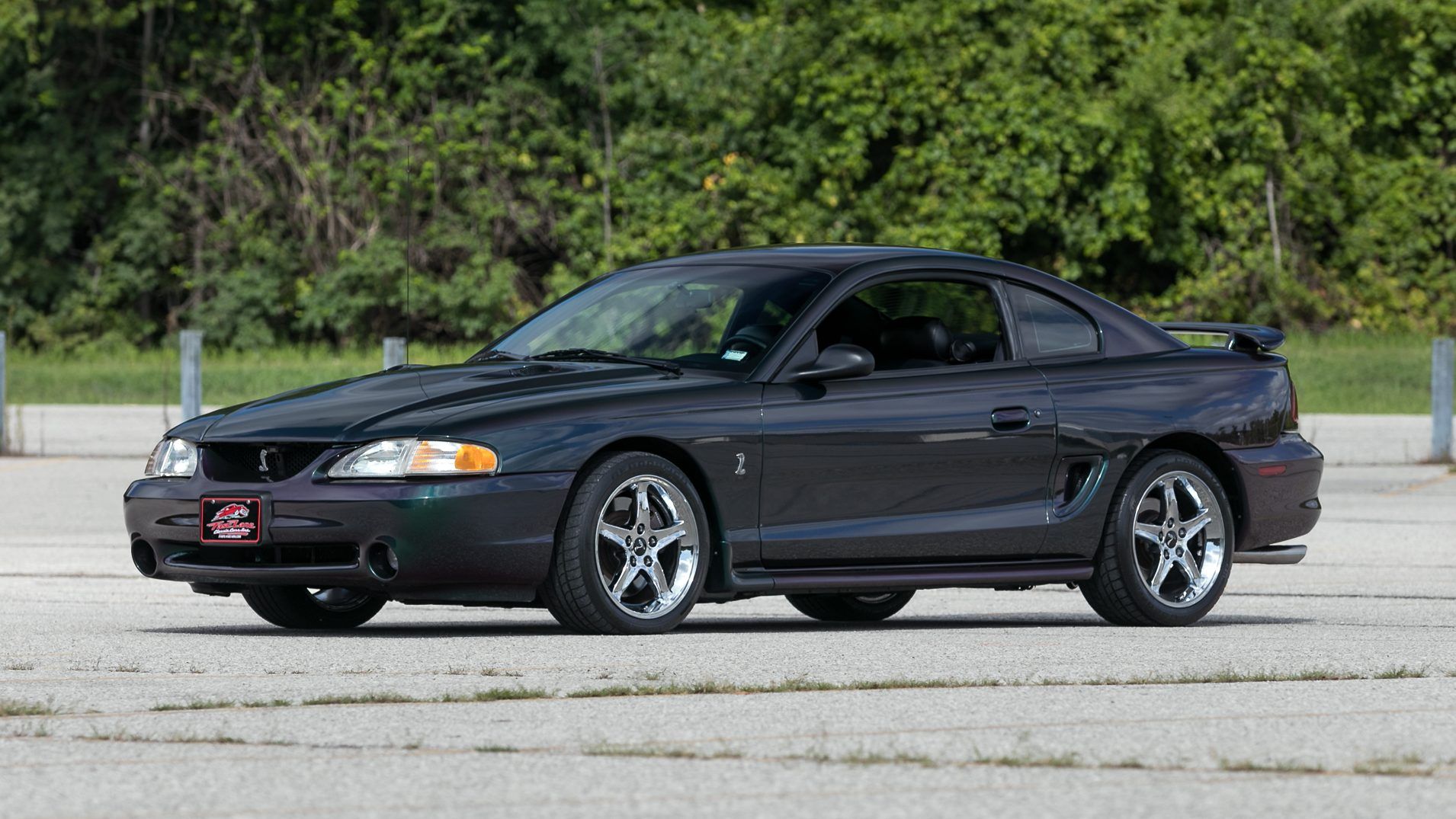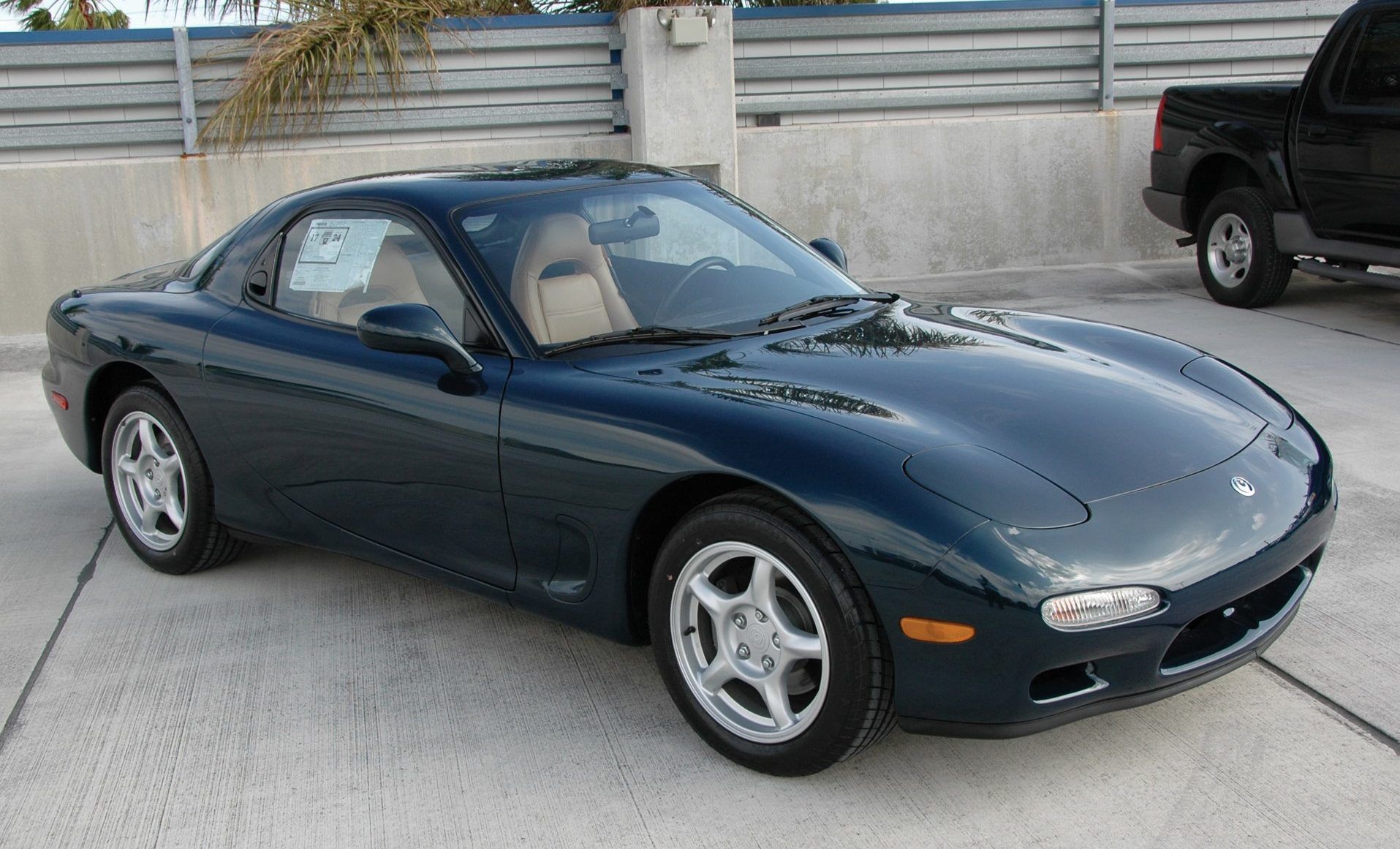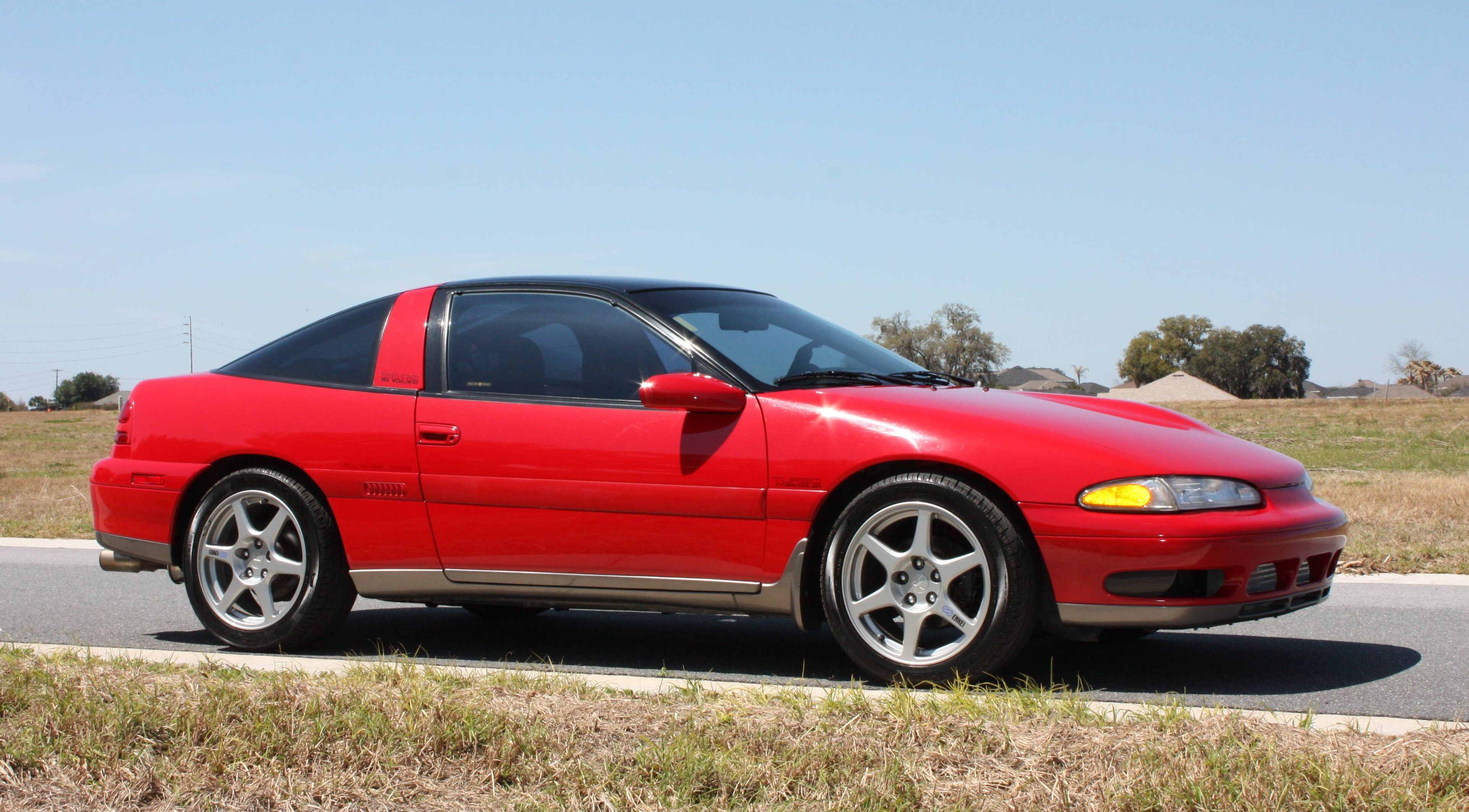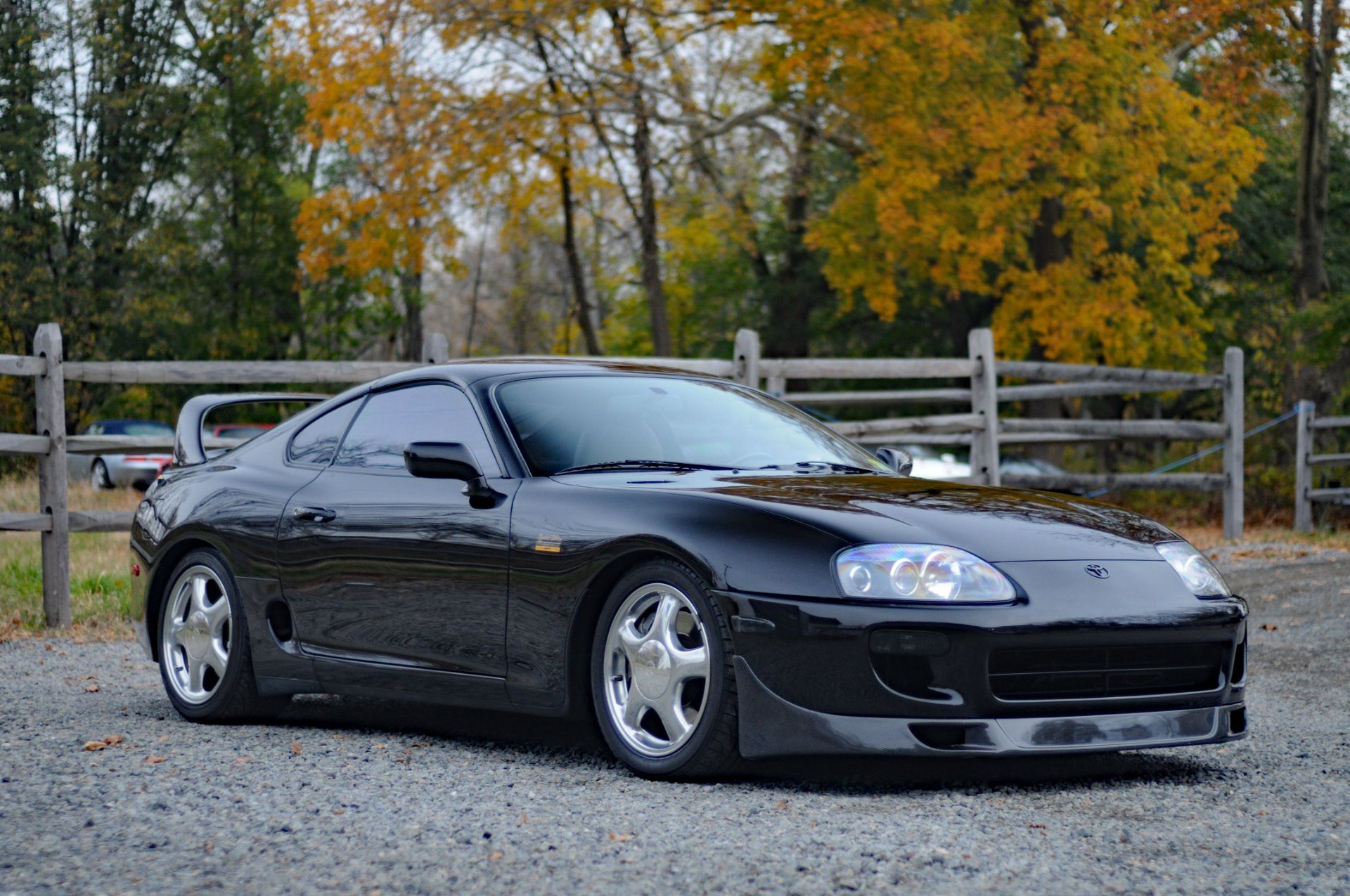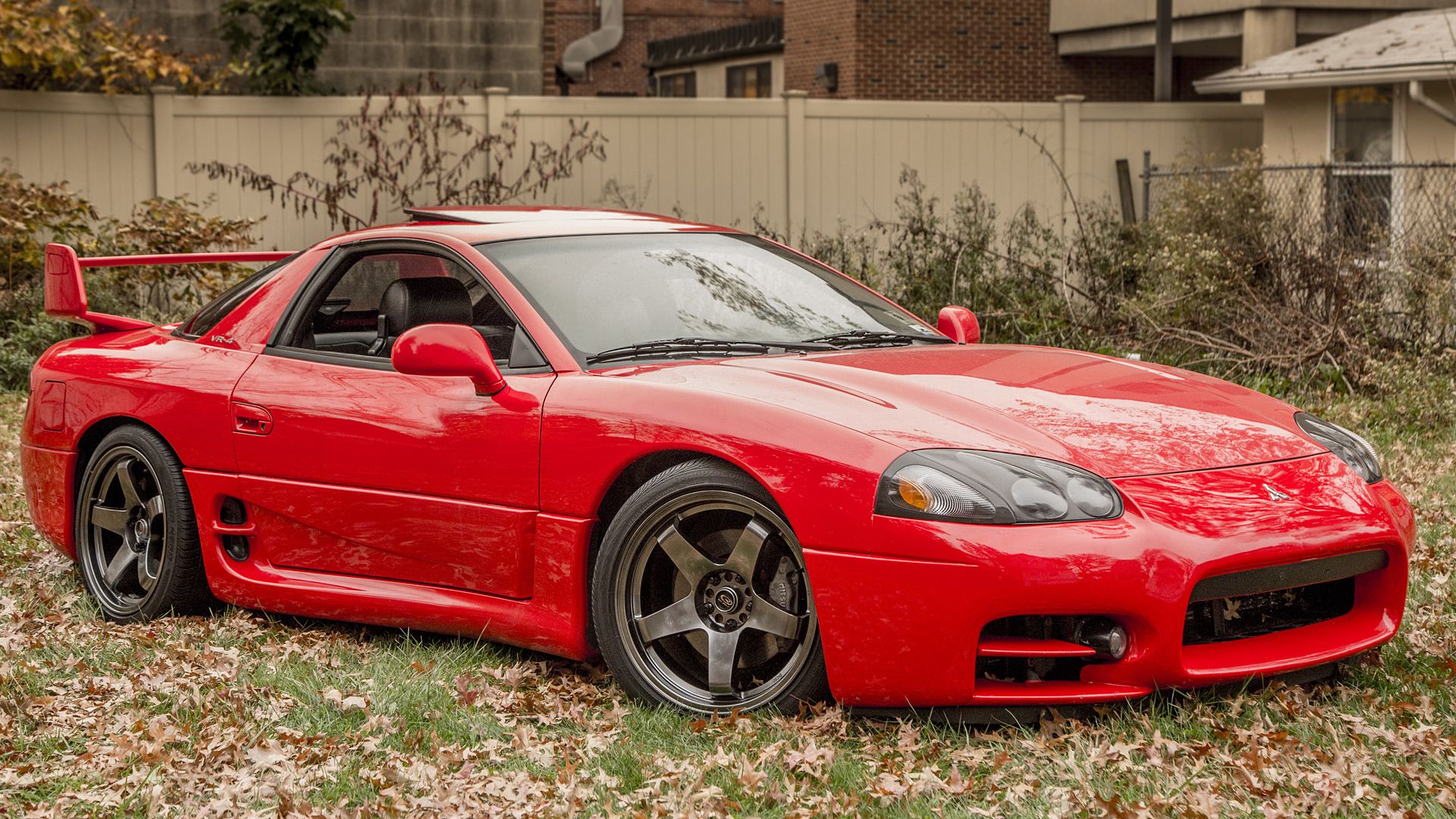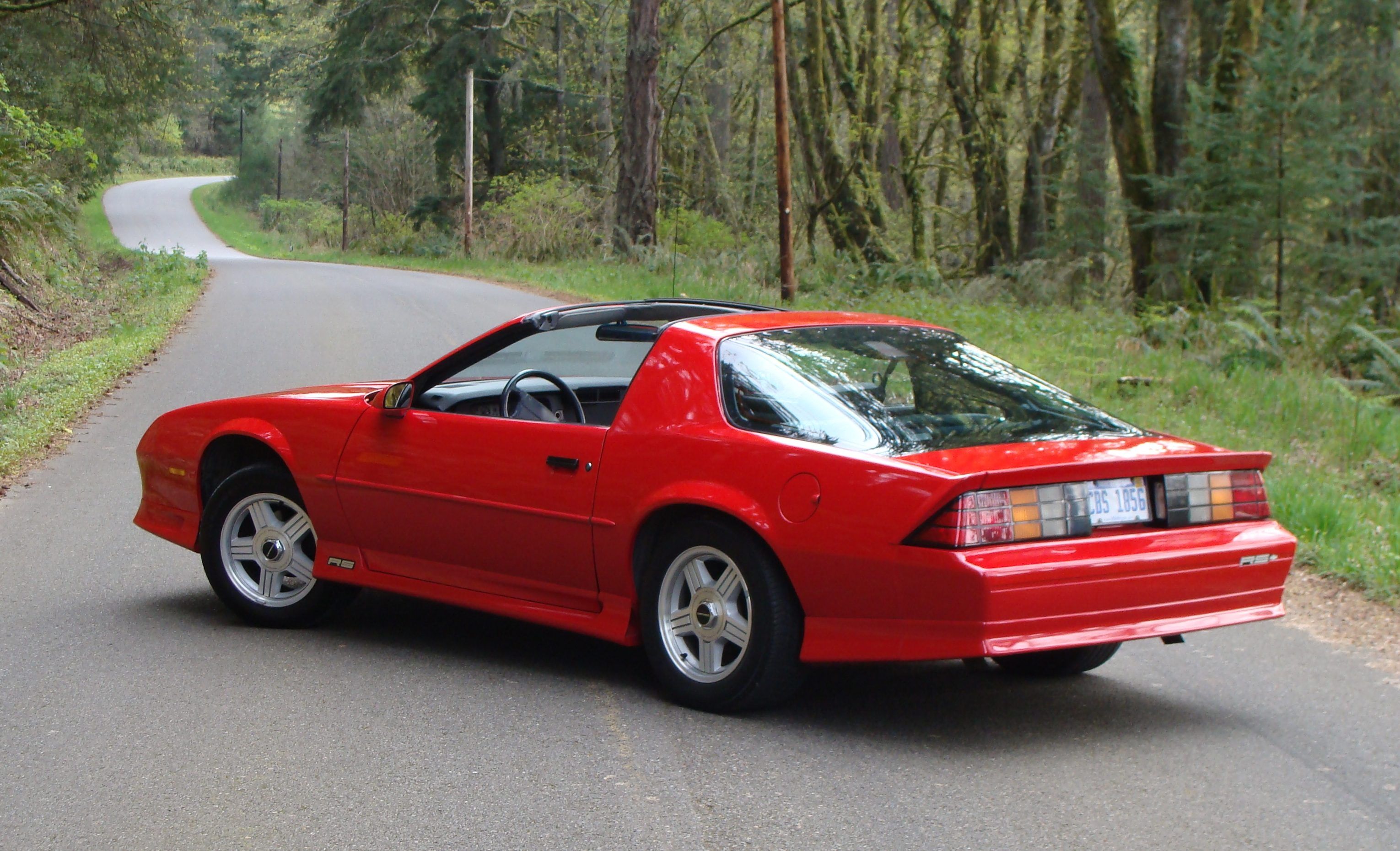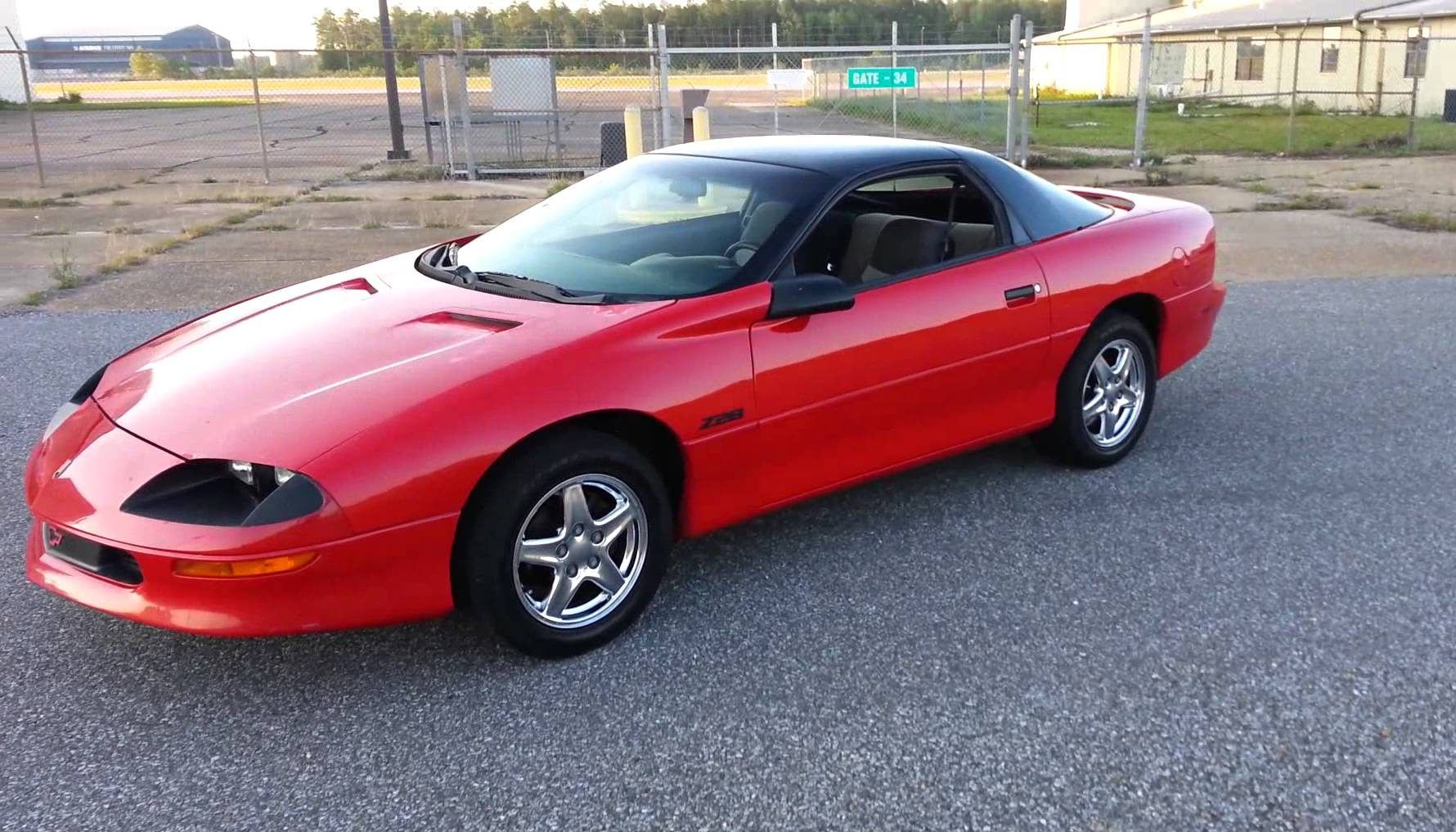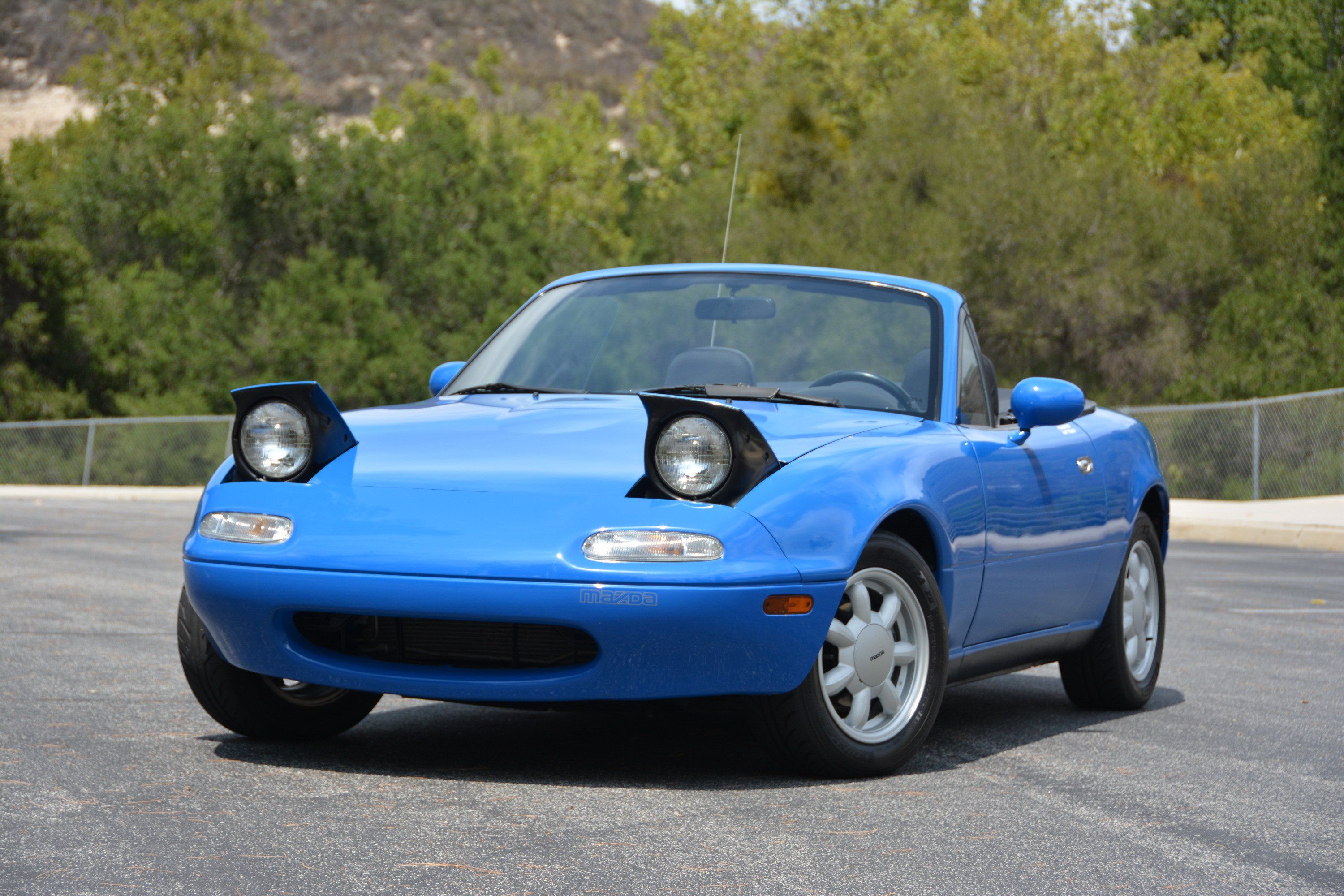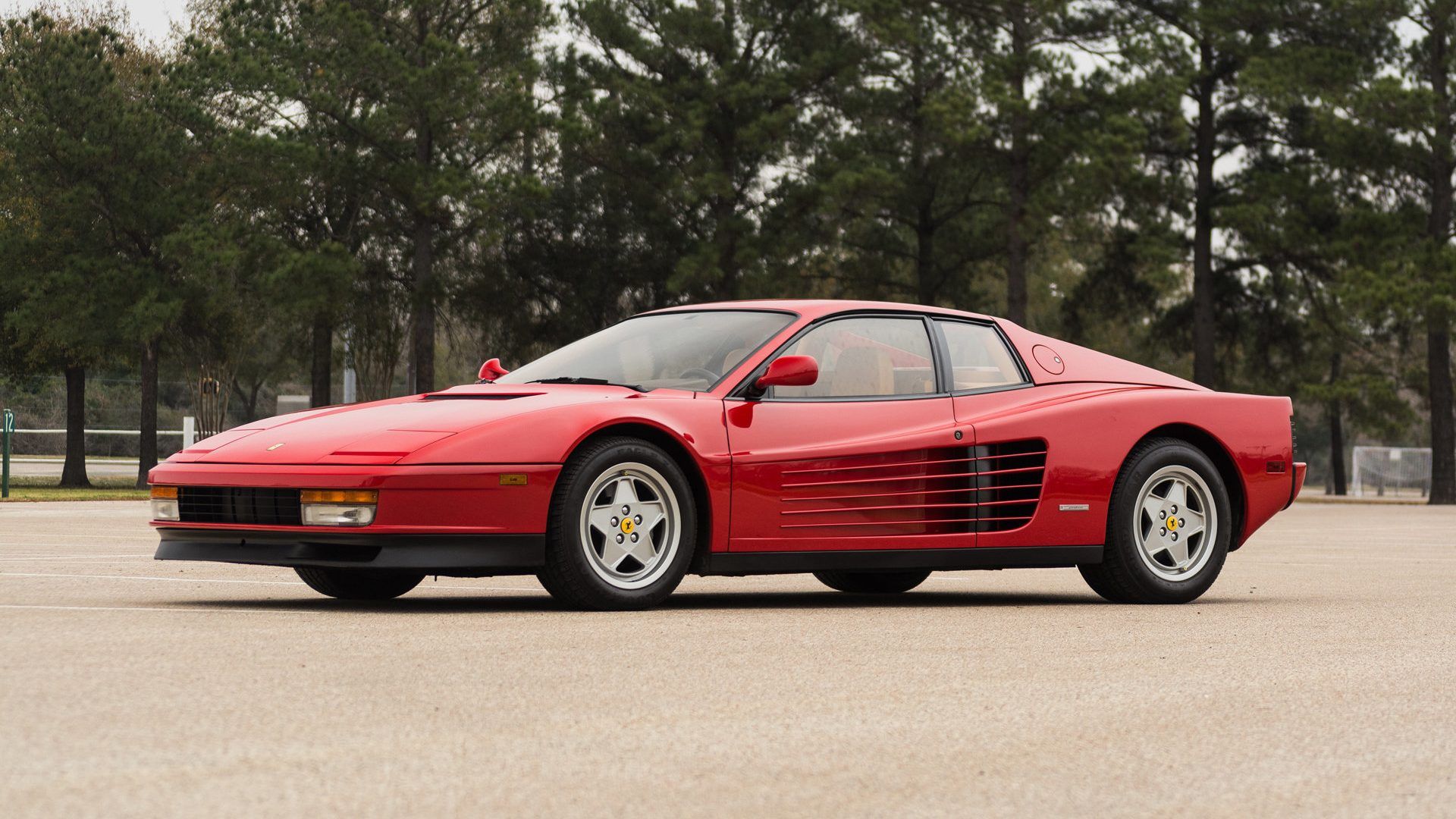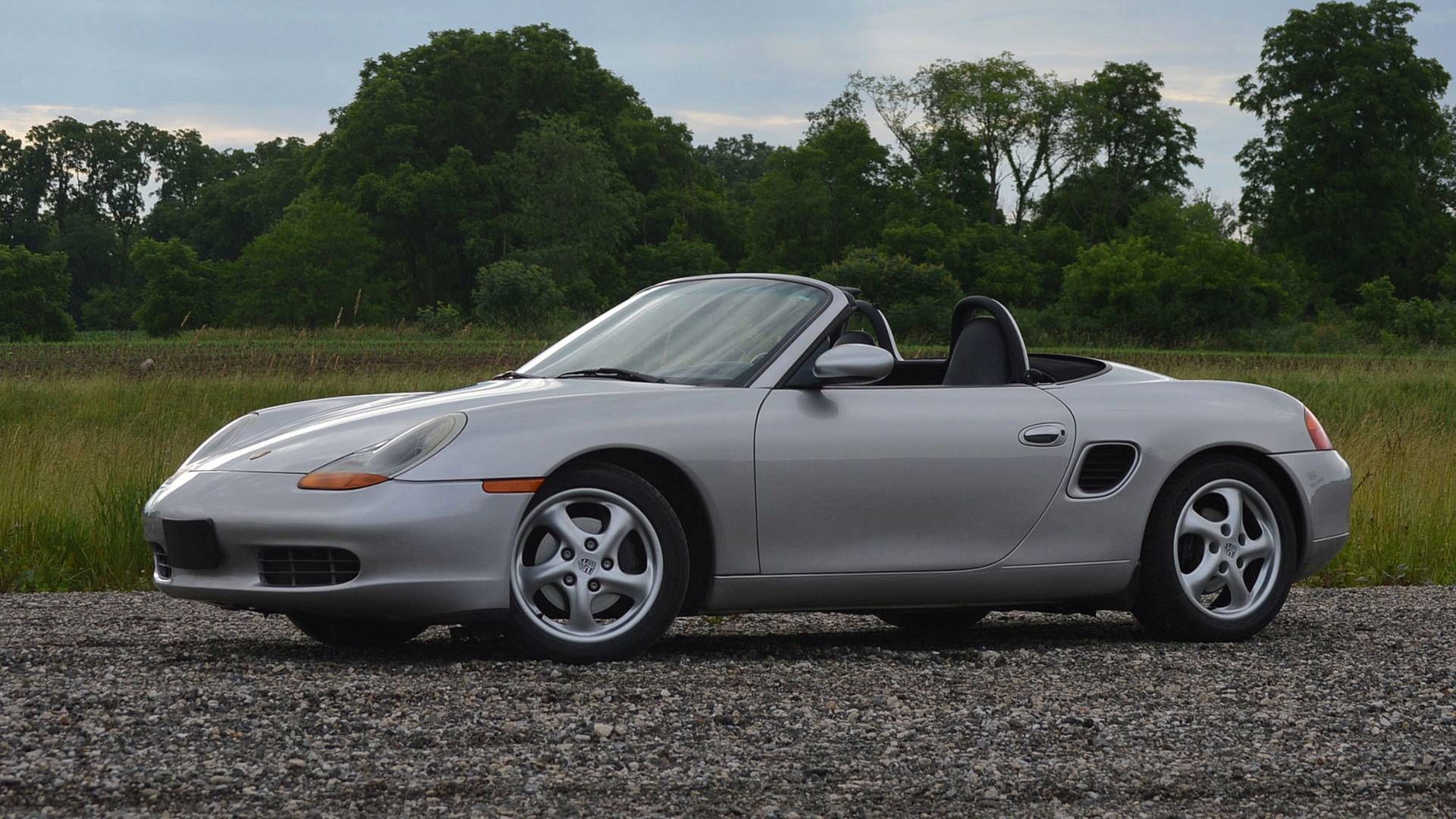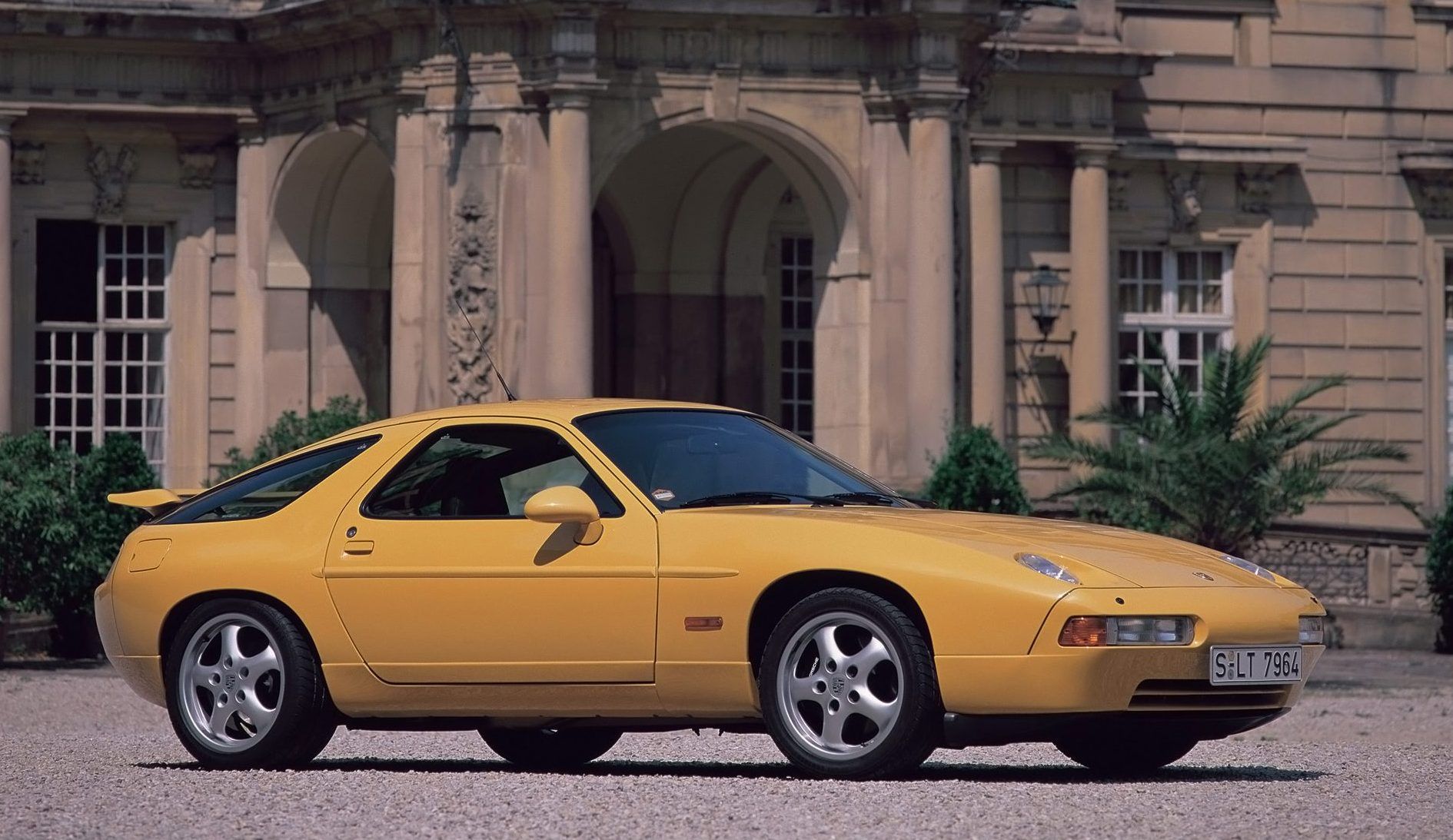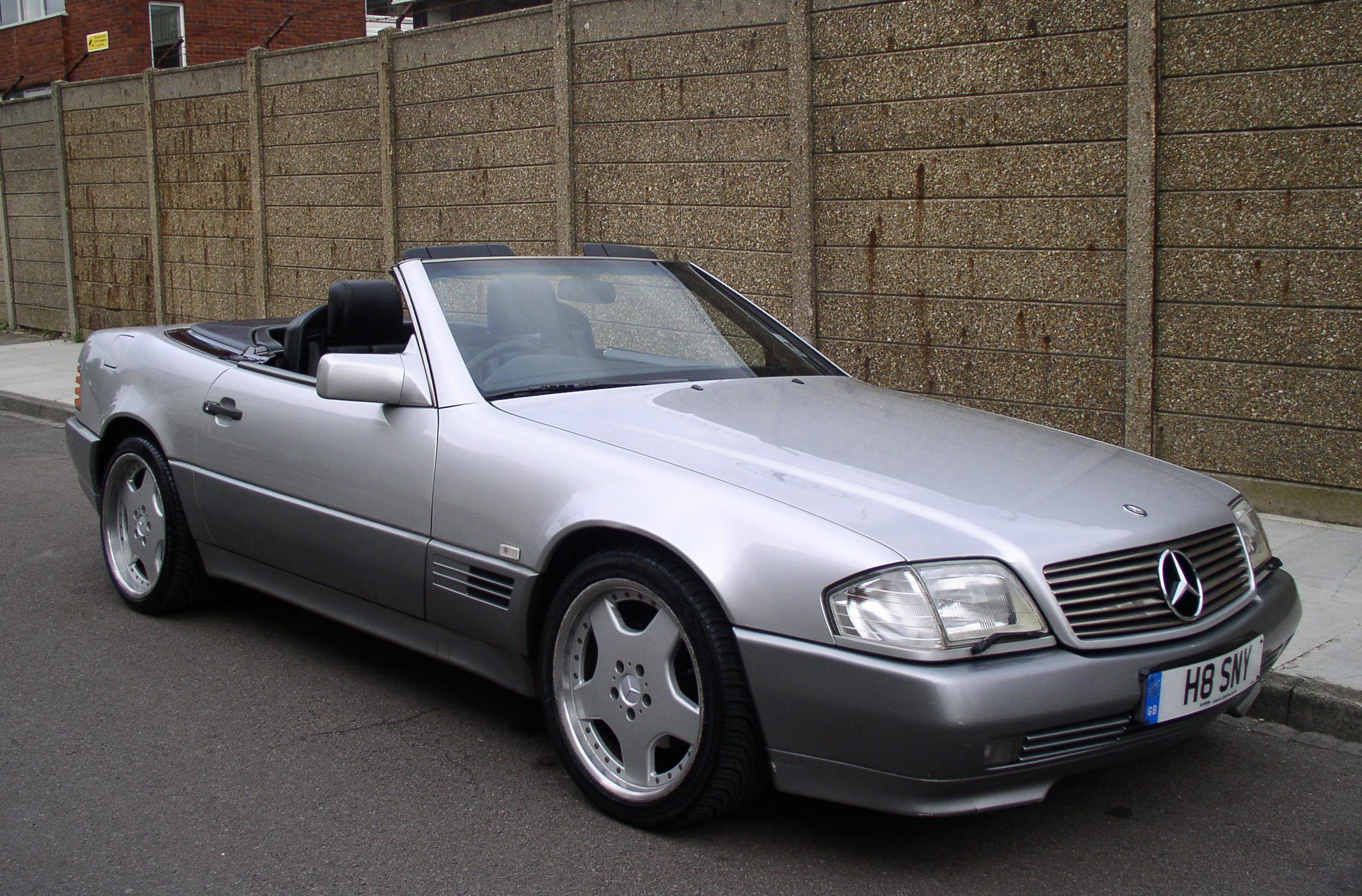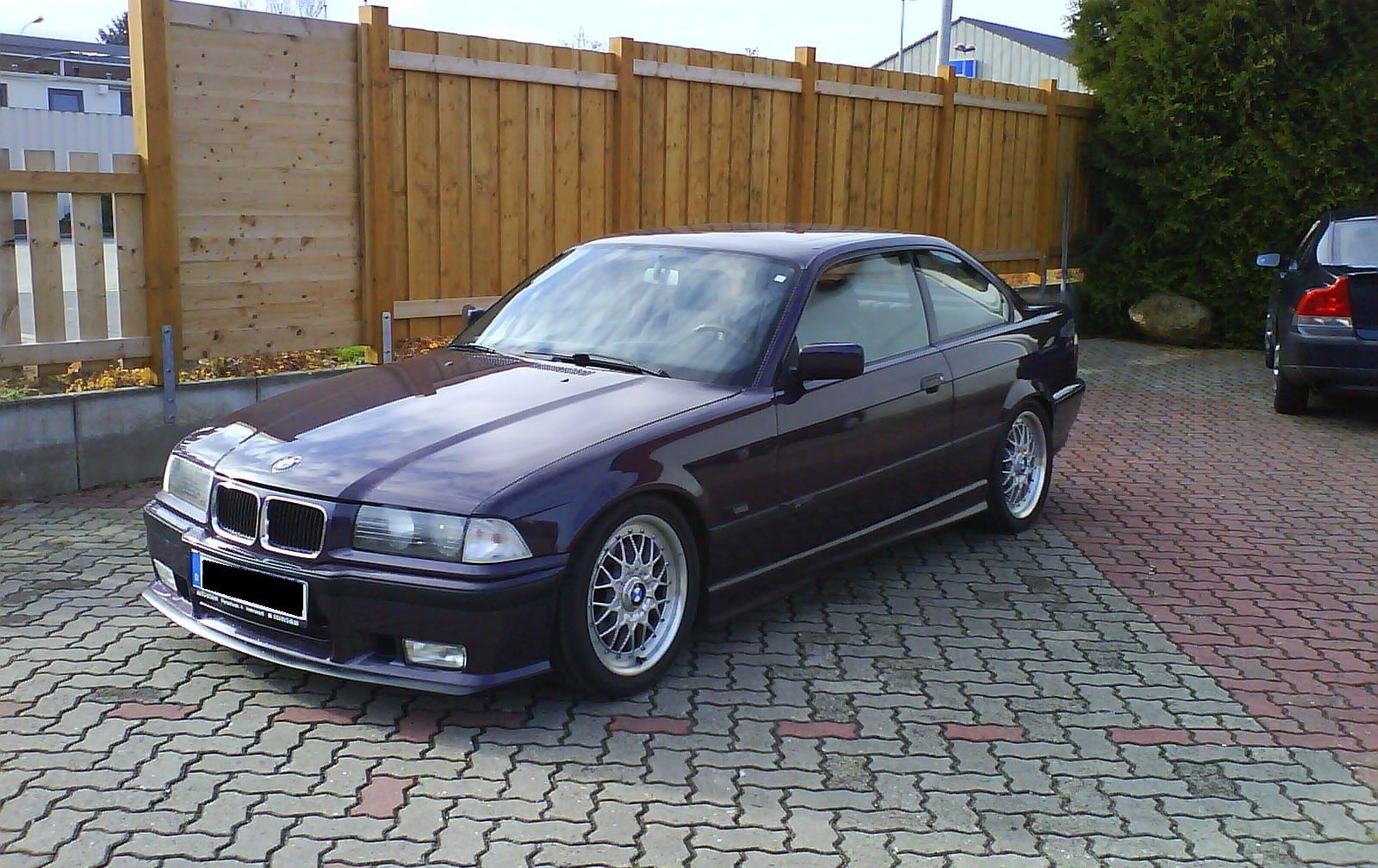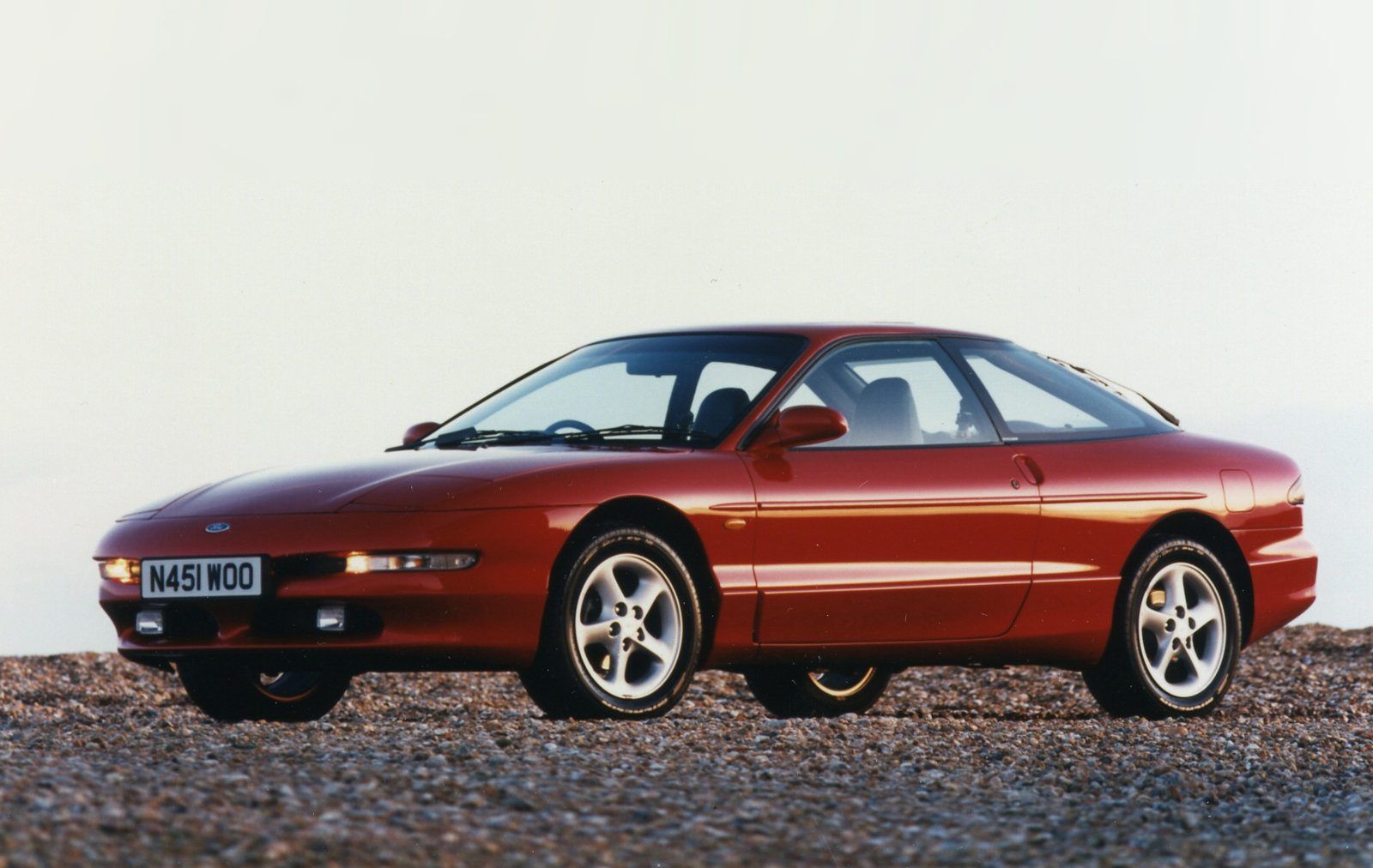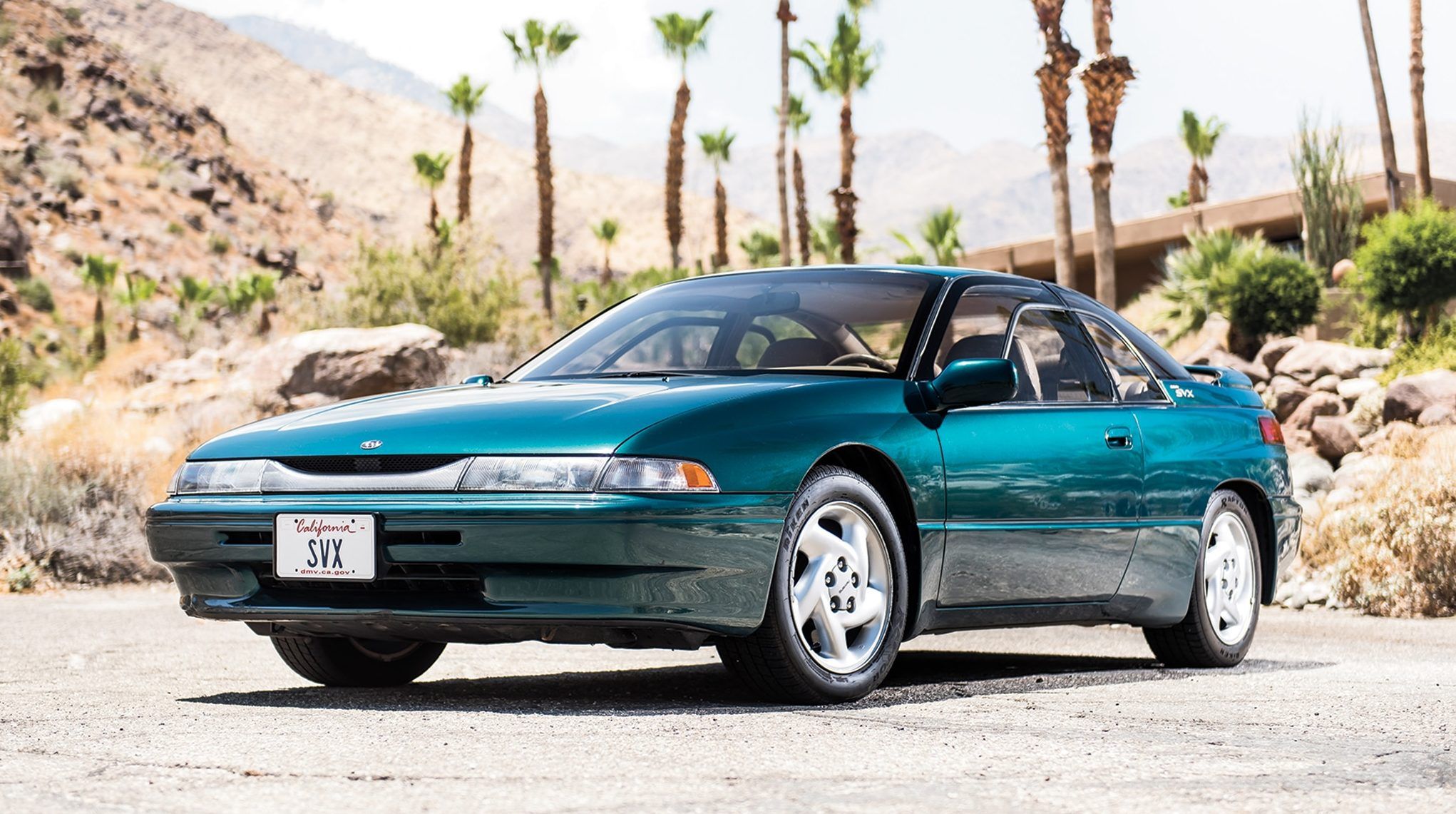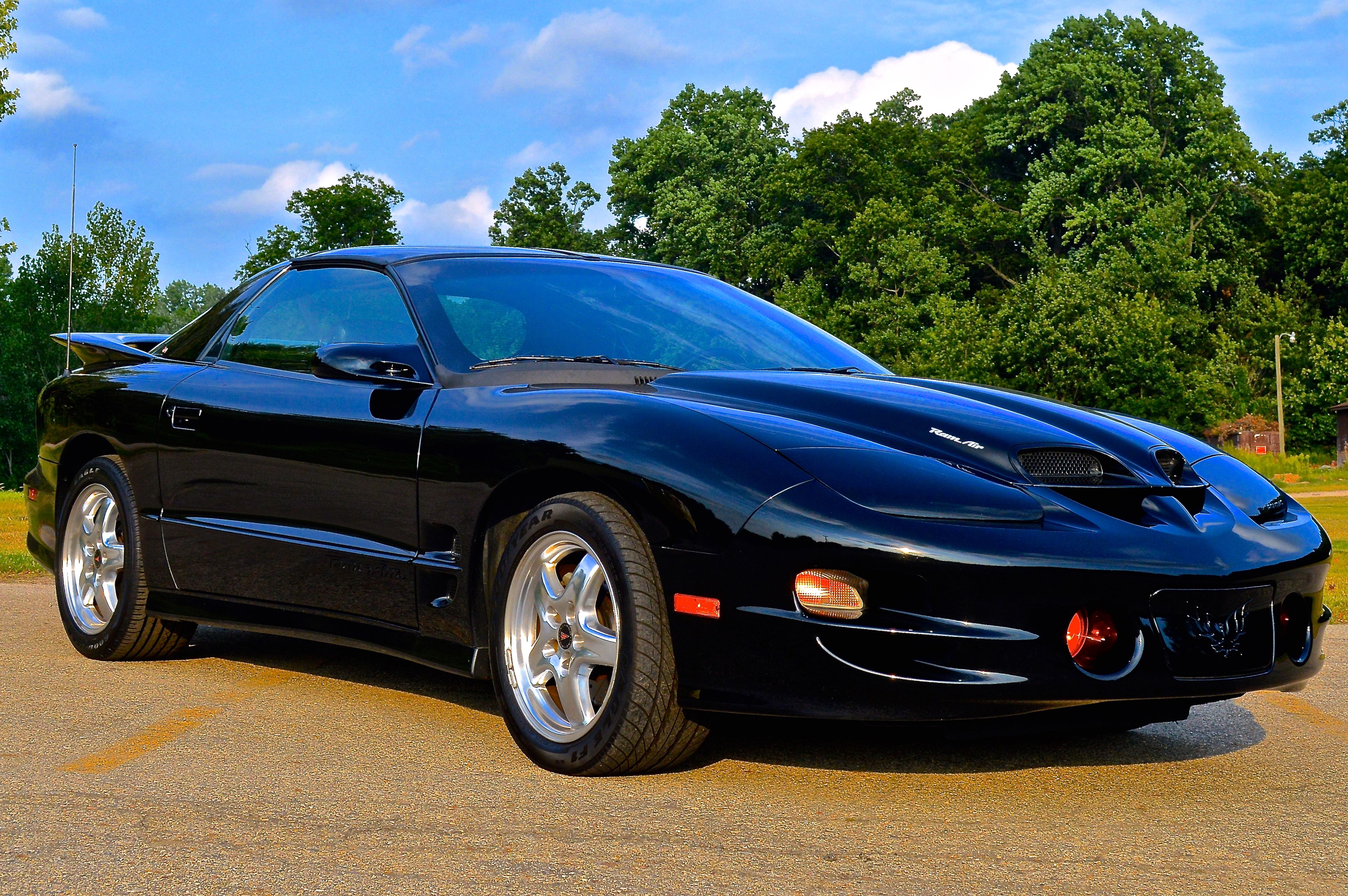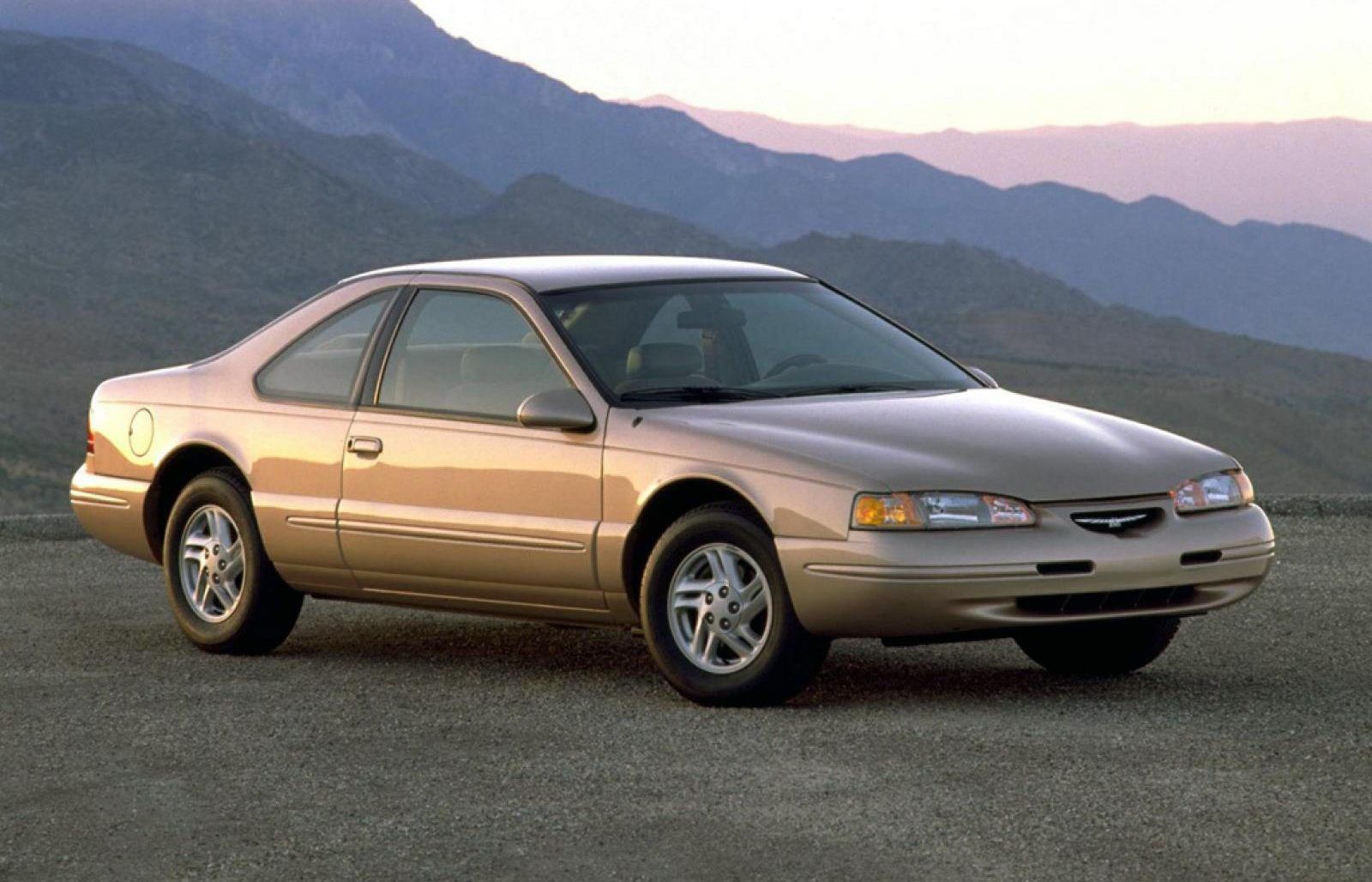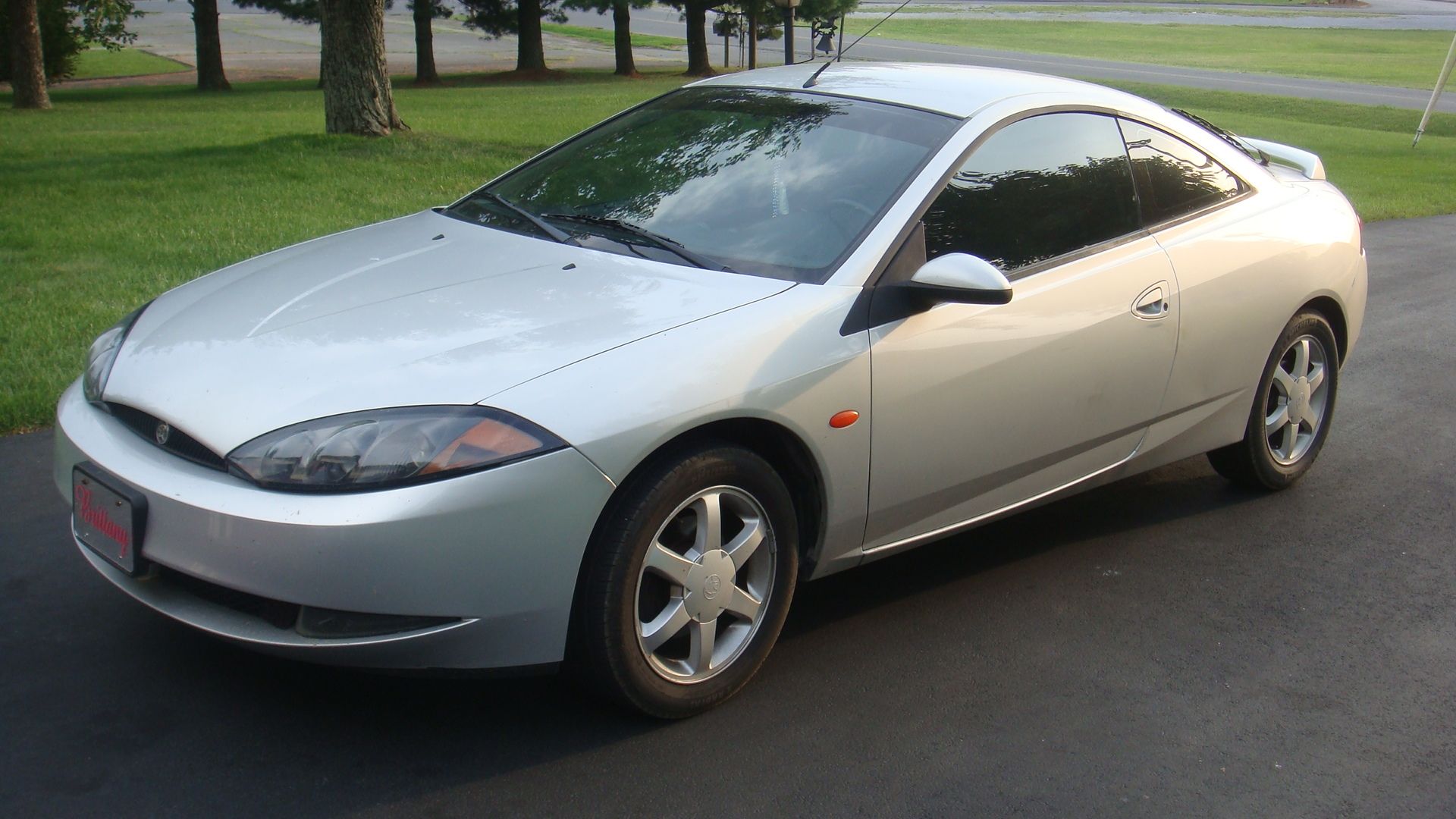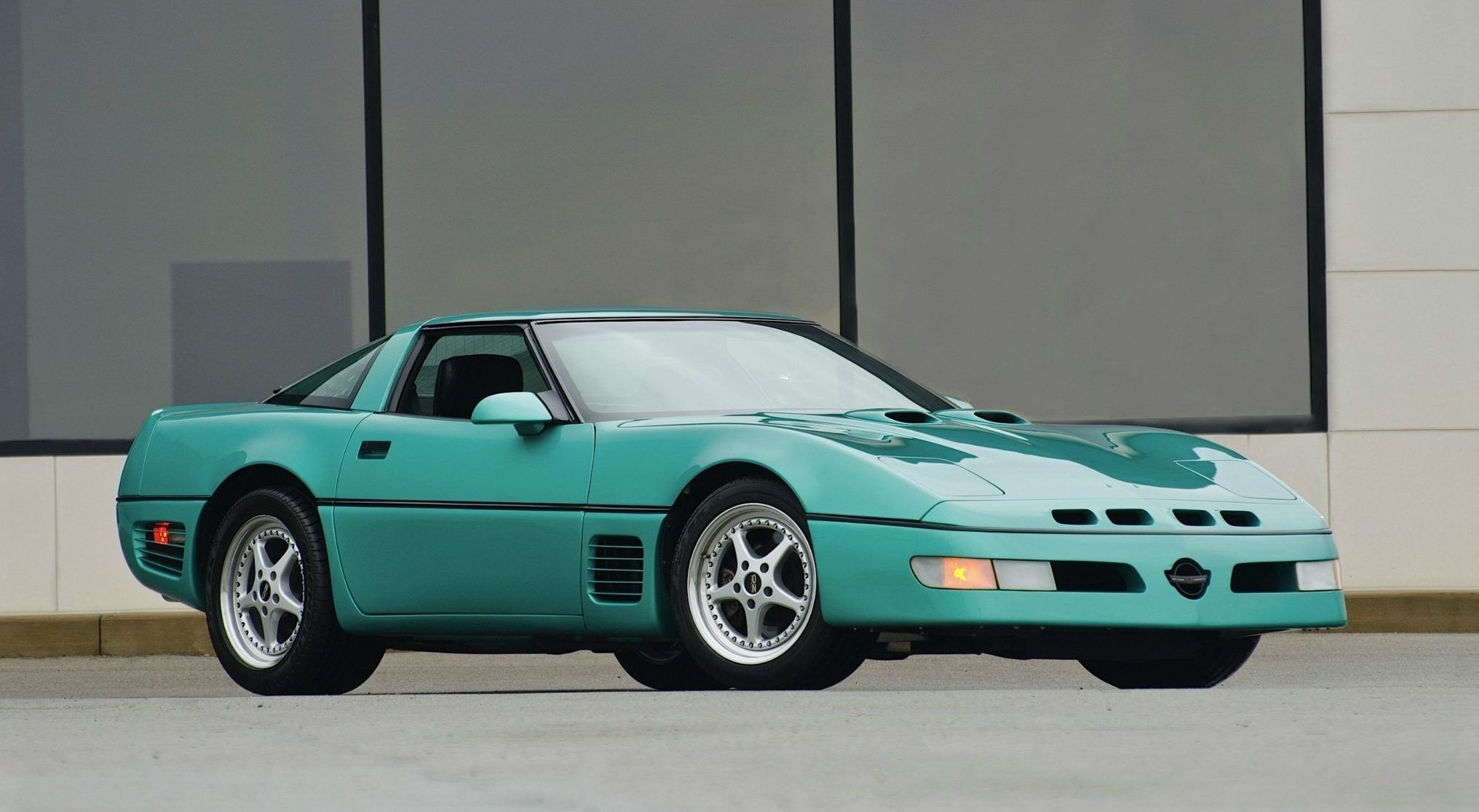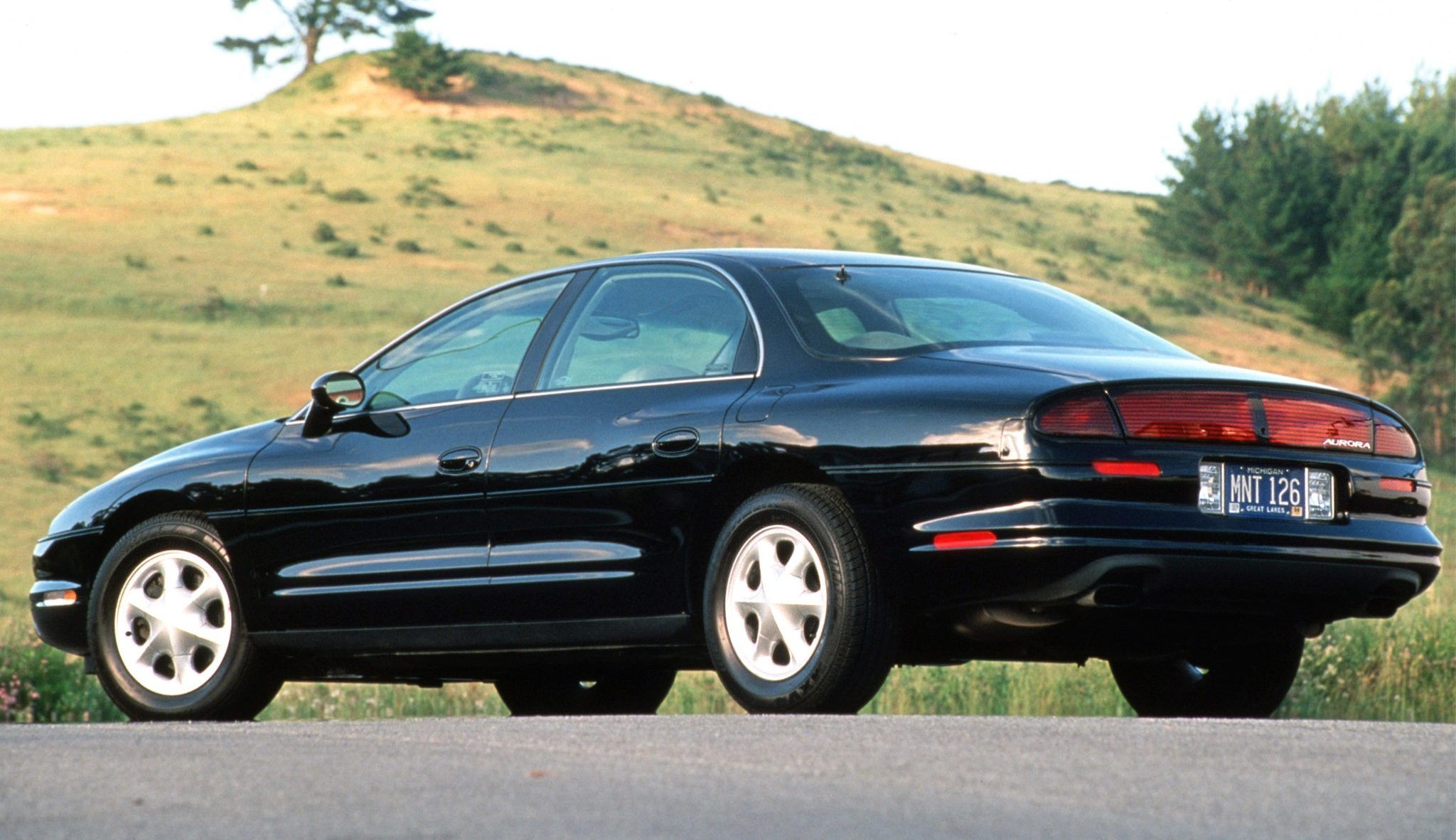The 1990s were a great time for sports cars, as automotive manufacturers the world over introduced incredible cars like the Acura NSX, Dodge Viper, Subaru WRX, and BMW's first six-cylinder M3. Today, every one of those models has spawned a long line of upgrades, but collectors still love the originals both for the nostalgia factor and for the raw driving feel, just before electronic assistance began slowly watering down the experience of powering around a tight canyon curve. A great sports car combines a powerful engine and confidence-inspiring handling in an attractive and comfortable package.
Updated March 2022: Thanks to nostalgia, these sports cars from the 1990s may be fondly remembered today, however, they didn't actually make much sense when they were first released.
Despite the notion that every sports car should be rear-wheel driven, the 1990s saw the rise of all-wheel-drive products, and even one of the best front-wheel-drive cars of all time, the Acura Integra. And with technology aiding in the tolerance levels of manufacturing techniques, powerful cars built in the '90s didn't suffer from the reliability concerns of previous decades, either. But the automotive industry is a cruel world, and even the most successful manufacturer has plenty of strikes to go with their greatest hits. The 90s are perhaps a decade when the industry as a whole had trouble during the design and development phase, with brands feeling like they were going to sink or swim with every vehicle's success or failure. And the truth is that plenty of bad decisions were made throughout the automotive world, with the result being a plethora of sad attempts to build sports cars that today simply make no sense. Keep scrolling for 20 sports cars from the 90s that everyone would be better off forgetting.
20 Fourth Generation Ford Mustang
When Ford replaced the Fox Body Mustang with a fourth-generation in 1994, their motivations were clear. Designers wanted to bring Ford up to date with smooth style while engineers wanted to introduce more powerful engines - sadly, however, sales executives wanted to make a car that could compete with affordable imports that had slowly but surely taken over the market.
The result was an underwhelming Mustang totally unworthy of the legendary model name, mostly equipped with underpowered V6 engines and sluggish automatic transmissions rather than beefy V8s and stick shifts. Handling was just as bad as the rest, too, as soft springs prevented any semblance of driver confidence.
19 Mazda RX-7
Mazda's RX-7 might have been a slick stylistic improvement over previous, more quintessentially 80s design, but under the hood lurked a rotary engine. And sure, rotary engines were an innovative design decades earlier, but where consumers in the United States expected Japanese models to be affordable, lightweight, efficient, and reliable, the RX-7 failed critically in the efficiency and reliability phases.
Despite great handling, the rotary engine's inherent flaws of high fuel consumption and poor reliability due to deteriorating engine seals make for a sports car that could have been great - if it had featured a Honda inline-four with a turbocharger, for instance.
18 Eagle Talon
Most domestic consumers may not even remember the Eagle Talon, especially its second generation which debuted in 1995. And at first glance, the quick blurb sound appealing: powerful turbo engines, manual transmissions, and an all-wheel-drive option.
But the Eagle Talon was relegated to history quickly after its 1990s heyday, along with the Eagle brand name entirely, perhaps because consumers couldn't quite wrap their head around its styling, and they certainly didn't enjoy the model's substantial turbo lag. Even shrinking the turbo to a quicker-spooling model couldn't help, and despite being respectable performers in the snow, the Eagle simply faded into obsolescence.
17 Toyota Supra
The Toyota Supra that hit these shores in the 1990s was a spectacular car that combined classic style for its era, a massively powerful engine, and serious technological features including a braking system that held Car and Driver's record until the significantly more expensive Porsche Carrera GT in 2004.
But despite Toyota's great successes, the fourth-generation Supra first crossed the Pacific Ocean with only an automatic transmission thanks to the DOT's new OBD-II requirements. Just about everything that vaulted an Mk4 Supra into the territory of the best cars ever made was almost ruined, and today many automatic Supras have their transmissions swapped out for a stick shift and clutch pedal by true driving enthusiasts.
16 Mitsubishi 3000 GT
The Mitsubishi 3000GT almost fits into the same category as the Eagle Talon, Toyota Supra, and the JDM-only Nissan Skyline GT-R, but a number of features make it stand out. All-wheel-drive, four-wheel-steering, active aerodynamics, and a massively powerful twin-turbocharged V6 (producing up to 394 horsepower and 414 lb-ft of torque for German models) all sound great, but the result of so much fancy engineering was that the 3000GT significantly outweighed its competitors.
Highest-spec 3000GT models could almost reach 3,800 pounds, turning what Mitsubishi had thought would be a sports car into more of a powerful grand tourer that couldn't quite keep up in the corners.
15 Third Generation Chevrolet Camaro
The early years of the 1990s saw the third generation of Chevy's iconic Camaro still lingering on dealer lots, despite the general public's almost complete lack of interest in the model. Today, the external design makes the third-gen Camaro something of a 1980s cult classic, but by the last few years of its production run consumers were ready for something new.
A lackluster set of engine options, flimsy build quality, and the changing style of the overall market doomed the model, and even today its boxy design can barely make up for the sad performance of even higher-end trims like the Z/28 and 1LE packages.
14 Fourth Generation Chevrolet Camaro
The fourth-generation Chevrolet Camaro hit the market in 1992 badged as a 1993 model. Clearly, Chevrolet realized they needed to make a radical change from the previous iteration. But in the end, the redesigned exterior, especially its beaky front end, did the Camaro no favors, and even though engine output was up to 275 horsepower and 325 lb-ft of torque, consumers found the overall package disappointing.
Combined with a trend towards reliable, affordable imports that offered lightweight, nimble driving characteristics, the fourth-gen Camaro was so disappointing, by the end of its run one of Chevy's most iconic models would even be shelved entirely for almost another decade.
13 Mazda Miata
The Mazda Miata recipe has been unchanged for almost three decades and no sign of significant change seems likely in the near future. A combination of lightweight, reasonable power, and impeccable balance makes for a fun driver - throw in affordability then and now, and what could possibly be wrong with an early 1990s Miata?
Unfortunately, in the effort to keep weight and cost low, the first Miatas of the early 90s sacrificed power almost entirely, with a 1.6-liter inline-four that maxed out at only 115 horsepower. Though the concept of driving a slow car fast may sound appealing, later generation Miatas, especially with a turbocharger, would prove significantly sportier.
12 Ferrari Testarossa
The Ferrari Testarossa may be one of the most distinctive designs ever to come out of the Italian firm's factories, and it can be credited with keeping Ferrari afloat during the 1980s, but by the 1990s the simple fact is that it was no longer worthy of the prancing pony badging.
Even from the beginning, the Testarossa was an underpowered and heavy sports car, with a flat-twelve engine producing 380 horsepower for a car that weighed in at over 3,700 pounds. Today Testarossas are valuable almost entirely for their quintessential design, highlighted by those unique side vents, but even loving owners will admit that Ferrari clung to the moneymaker for a few years too long.
11 Porsche Boxster
When Porsche debuted their first mid-mounted and rear-mounted water-cooled engines, Porsche snobs couldn't believe their beloved brand had finally succumbed to such a thing. Then Porsche threw in a design ethos, highlighted by the "broken eggshell" headlights shared by the early 986- and 996-generation Boxster and 911, that proved highly divisive and diehard fans found themselves in a state of uproar.
The affordable Boxster may have continued Porsche's commitment to offering an affordable sports car in the lineup, like the 912, 914, and 944 before it, but IMS bearing issues, convertible top issues, and a ridiculously cheap interior plagued the model throughout its first generation.
10 Porsche 928
The Porsche 928 somehow made it into the 1990s while still in production despite having been released all the way back in 1977. The German manufacturer's first front-engined, water-cooled V8 model drew plenty of ire from Porsche fans, and its style that differed so much from the classic 911 certainly didn't help.
Somehow, Porsche thought that developing a luxury grand tourer was the next step for the company in the 1970s after finding success with lightweight sports cars - but even more confusing is the fact that the 928 was produced all the way until 1995, concurrently with the all-wheel-drive 993 Turbos that are some of the brand's most valuable collectibles to this day.
9 1991 Mercedes 300 SL
Mercedes-Benz spent much of the 1970s and 1980s building a reputation around their boxy, utilitarian, and above all, reliable cars. Before that, successful coupes and convertible sports cars like the 1957 300 SL, known as the "Gullwing" for its iconic design, had dominated both competitive racing and the consumer market for decades.
So when the 300 SL returned in the early 1990s as a boxy coupe, with regular doors, a removal hardtop, and a six-cylinder engine that maxed out at 230 horsepower (less even than its predecessor almost four decades earlier), consumers were justifiably confused by the decision, even if the new model did pave the way for more impressive models like the 600 SL.
8 E36 BMW 318is
BMW found great success with their E30 generation M3, which hit streets in the 1980s as a mean four-cylinder sports car, especially in homologation Evo trim. For the new decade, BMW unveiled the E36 generation, and the new M3 featured an upgraded six-cylinder engine without sacrificing the impeccable balance and handling of its predecessor.
Even base trim E36 cars had respectable performance thanks to their nearly perfect weight distribution, but the 318is stands out as a car that tried but failed to present itself as sporty yet affordable. Unfortunately, its four-cylinder engine had less than half the horsepower of the E30 M3, and the car overall weighed significantly more.
7 Ford Probe
It seems absolutely mind-boggling to learn that Ford originally intended to replace the Fox Body Mustang with what would eventually become the strange conglomeration of marketing strategy that was known as the Probe. Where the Fox Body Mustang featured V8 engines, boxy styling, and rear-wheel drive, the Probe was teensy tiny, with engine options that maxed out at 145 horsepower, and most importantly, front-wheel drive.
If it sounds like the Probe was trying to take on the Japanese imports flooding the market at the end of the 1980s rather than continuing the Mustang's strong heritage, that's because it was developed in coordination with Mazda.
6 Subaru SVX
The Subaru SVX was an attempt to blend the attributes of a luxury tourer with a sports car, but despite its quintessentially 1980s styling (exemplified by those strange windows), it actually didn't begin production until 1991. Available with a relatively powerful flat-six engine that lacked a turbo but displaced 3.3 liters - more than any other Subaru model all the way until 2008 - the SVX was available with Subaru's now-legendary all-wheel drive.
Unfortunately, it only came with a four-speed automatic transmission, which along with its huge engine, contributed to a curb weight of over 3,500 pounds. The overall package proved disappointing despite the initial goal, and Subaru is estimated to have lost around $75 million on the SVX as a whole.
5 Fourth Generation Pontiac Firebird
The 1990s-era Pontiac Firebird doubled down on the design aesthetic of its Camaro cousins, accentuated by an even more bird-like front end. And despite an optional 5.7-liter LS1 V8 producing up to 305 horsepower when equipped with the "Ram Air" hood scoops (the bird's nostrils, really), the fourth generation Firebird was ultimately just as much of a letdown as its stablemate.
When the Camaro and Firebird reached the end of their run in 2002, the Firebird effectively died for good, as Pontiac's failure a few years later prevents a new iteration from being released on the current, highly impressive, and successful, Camaro platform.
4 Tenth Generation Ford Thunderbird
The years were simply not friendly to the Ford Thunderbird, a model that started its life as a beautifully-designed sporty car and ended up penultimately as a commuter in the 1990s and then finally as a weak attempt at a retro revival in the early 2000s.
The original Thunderbird even had the option of a supercharged V8 pumping out up to 300 horsepower all the way back in 1957. Compare that to the tenth generation, which slouched in the 1990s with one of the blandest designs of any car on the market, and maxed out with a supercharged V6 in Super Coupe trim that only produced 230 horses.
3 Eighth Generation Mercury Cougar
The Mercury Cougar suffered much of the same disappointments as its Ford Thunderbird cousin, albeit with a distinctly different trajectory. Where the Thunderbird ended up as a bland commuter, Ford took the Cougar in a different route and by the late 1990s, it had transformed into a small, edgy coupe with at most 170 horsepower powering only the front wheels.
The final Cougar can actually trace its lineage back to the ill-fated Ford Probe, as well as the early Mercury Pony cars of the late 1960s and early 70s, which helps to explain the complete disappointment that its final iteration delivered to the public.
2 C4 Chevrolet Corvette
Every model line has its ups and downs, even one as legendary as the Chevrolet Corvette. And the C4 generation that split the late 1980s and early 90s has to be considered the low point for the entire series.
Where the C3 generation had provided aggressive styling without the performance to match, the C4 toned down the styling without bumping up the performance - just about the opposite of what consumers would hope for what has long been considered this country's only true factory supercar. A cheap interior complemented a boring exterior, and Corvette fans should probably just try to forget the C4 generation altogether.
1 Oldsmobile Aurora
Looking back on it now, the Oldsmobile Aurora seems like a failure in the making thanks largely to its long, bulbous design. But at the time of its debut, the Aurora was actually hailed as a sporty sedan alternative, and period reviews even enjoyed the exterior style.
First introduced in 1995, at least the design had a low drag coefficient, and its relatively respectable V8 did crank out 250 horsepower and 260 lb-ft of torque. But a slush-box of a four-speed automatic transmission and a curb weight just under 4,000 pounds meant the Aurora simply wasn't sporty at all.
Sources: bringatrailer.com, caranddriver.com, and wikipedia.org.

